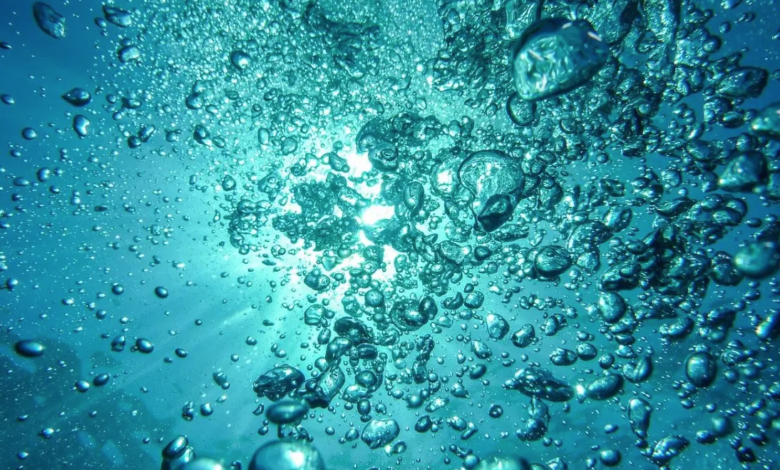Producing hydrogen from the ocean directly

New advances for hydrogen generation from the ocean
(sustainabilityenvironment.com) – When the Hydrogen Economy regained momentum in 2017, much of the industry’s research focused on an ambitious goal: to Producing hydrogen from the ocean. Why? Essentially for two reasons: to provide offshore renewable plants with an on-site storage system and to be able to replace the use of freshwater with much more sustainable marine water.
Too bad that the exchange between the two water sources is not an easy passage. For an electrolyzer to function efficiently even in the open sea, it is necessary that the water is desalinated before coming into contact with the appliance to avoid failures. The chloride ions present in the saltwater can, in fact, penetrate the electrodes and create hypochlorite ions that damage the catalyst. One of the possible solutions is to integrate upstream purification and desalination systems that, however, increase energy expenditure and plant size.
Read also Producing hydrogen from water “without energy”
The solution designed by an international team of engineers and chemists from the University of Adelaide, the University of Tianjin, the University of Nankai and Kent State University is much easier to apply. The team was able to create a path to directly to Producing hydrogen from the ocean without going through desalination facilities. How? Introducing an acid layer onto the catalyst.
A layer of Lewis acid and a cheap catalyst
The work focused on traditional proton exchange membrane (PEM). Their cells are desolate of a solid polymer electrolyte that is responsible for the conduction of protons and the separation of the gases produced. The breakthrough was achieved by adding a Lewis acid, a specific type of acid that acts as an acceptor of an electron pair (e.g., chromium oxide) over the catalyst, the oxide of a transition metal. The operation leads to the capture of hydroxide anions (HO-) released in the division of water molecules. “This local alkalinity generated in situ – write the authors in the research published in Nature – facilitates the kinetics of both reactions on the electrodes and prevents the attack of chlorides and the formation of precipitates on the electrodes”.
The result of this approach has been to obtain a current density of 1.0 A/cm2 at 1.87 V and 60°C, achieving good long-term stability. “We divided seawater into oxygen and hydrogen with almost 100 percent efficiency,” explains project leader Professor Shi-Zhang Qiao of Adelaide University in Cosmos. “And we produced green hydrogen by electrolysis, using a cheap catalyst in a commercial electrolyzer”.





